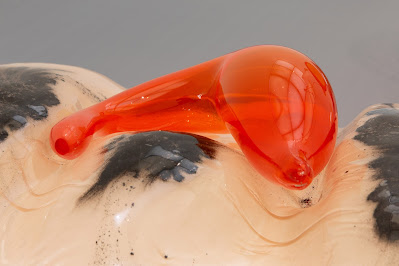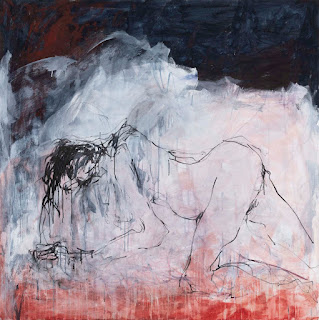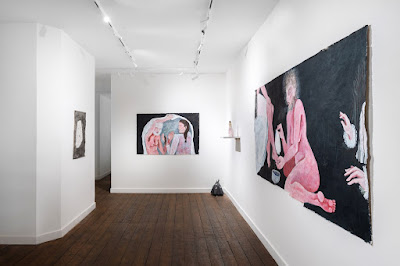An ode to the art I didn't see in 2021
No ‘best of’ compilations this year; no cheery reflections about the great highlights or the best creative outputs of 2021. We are still immersed in a moment of mourning and adaptation, whether or not we choose to acknowledge it. The mood of the year has been saturated with sadness and sometimes it is sage to move with this, instead of fighting it. More and more, we search for, and momentarily lose grip of, the truth. While it is tempting to focus on loss as a landmark of 2021, surely adapting is the more productive starting point (I use ‘productive’ not in its capitalist sense, more towards attempting a state of mindfulness).
Thinking about how we consume, and even access, art needs to be as multifaceted and subjective as thinking through the very perception of art itself. While 2020 was a time of trial and error for galleries and artists to meaningfully connect with audiences, a year later we accepted the fact that online viewing rooms are boring and that overload of artworks as JPEGs is not conducive to real appreciation of art; and the less said about NFTs the better. Accessibility is not a new topic in the contemporary art sphere, and factoring in that both public and buying art audiences will need to be able to see things from home is now widely accepted. It is with this that we can accommodate people with wider accessibility needs, when there are so many reasons that people cannot physically attend galleries other than state-mandated lockdowns.
Pakui Hardware at BALTIC Centre for Contemporary Art. Copyright and courtesy of the artists and BALTIC Centre for Contemporary Art.
Pakui Hardware at BALTIC Centre for Contemporary Art. Copyright and courtesy of the artists and BALTIC Centre for Contemporary Art.
Artist duo Pakui Hardware’s exhibition ‘Virtual Care’ at BALTIC Contemporary in Gateshead ran from May to October this year. I was planning to visit but for one reason or another it never happened. Fortunately, BALTIC have a wonderful ‘access’ section of their website whereby the show is thoroughly documented and, pleasingly, supplementary resources are available, such as a podcast, audio description and virtual tour. Given that the theme of the show was robotic and virtual care and the absence of human touch, I found this very apt, and in some regards a more fitting means of experiencing the work, aesthetically pleasing and smooth sculptures, described as “shells of ‘flesh’, dominated by technology”.
One I was particularly upset to miss out on was 'The Loneliness of the Soul' at the Royal Academy of Arts in London. I truly do not know why I missed it, but it was in part due to a reticence for the emotional impact it would have. The show of works by Tracey Emin and Edvard Munch even had an extended run after the lockdowns, yet I still didn't manage it. I treated myself to the catalogue, which I've read and flicked through several times, but of course this is no substitute for seeing the real thing. I have seen Munch's work in Oslo and Emin's in London on separate occasions, and saw that the show had incredible reviews. It is one of those things that is interesting to acknowledge and try to get to grips with the 'FOMO'. The RA had a virtual tour online and there was an incredibly poignant documentary on the BBC focused on Emin, which is certainly a consolation to missing out.
When we talk, or indeed read, about ‘audiences’, they are habitually approached as a static group of people, then ‘hard to reach’ or ‘diverse’ is thrown in, but even then it often feels inhuman, and like a problem that needs solving rather than a simple expansion of what already exists, as well as open conversation on the topic. Clearly, co-production is key here. Knowing that a significant number of people are having to stay at home, shielding or otherwise, is surely a sufficient enough reason to try to produce a framework for making sure people are included. Online talks and reading groups have been a welcome addition to art world programming, and I sincerely hope that they are not merely a pandemic-enforced fad. A level of care towards each other is essential in social structures moving forward, and there is truly no reason why art institutions and spaces of all sizes cannot cooperate and contribute.








